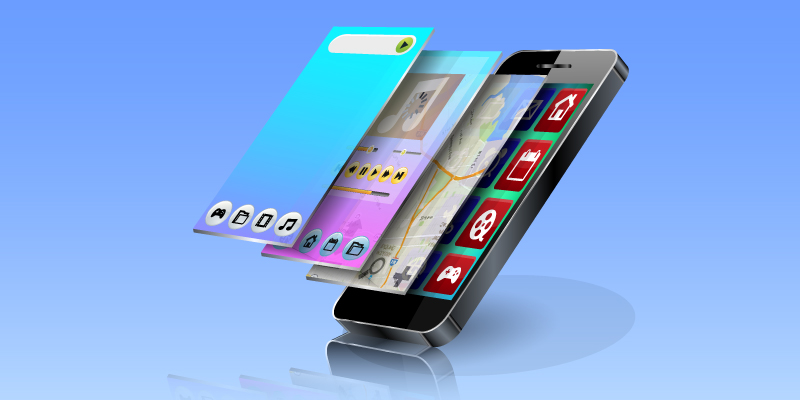Twitter’s mobile development platform Fabric has been sold to Google for an undisclosed sum.
Until today’s announcement, Fabric was one advantage Twitter held over Facebook after Zuckerberg’s giant shuttered its own ‘Parse’ platform. Clearly, mobile development platforms under the control of social networks are not meant to be.
Developers who use Fabric can at least feel comforted the platform is not being shuttered and may, in fact, have increased support under Google’s stewardship. Parse, for its part, became open-source and can now be found on GitHub here.
All the features which developers love about Fabric will be retained including Nuance speech recognition, Digits user authentication, Answers analytics, and Crashlytics.
Fabric’s entire team will join Google’s Developer Products Group and work alongside the Firebase team which expanded to become a ‘unified app platform for Android, iOS, and mobile web development’ last year.
“When we met the team at Google we quickly realized that our missions are the same – helping mobile teams build better apps, understand their users, and grow their businesses,” Rich Paret, VP of Engineering at Fabric, wrote in a blog post. “Fabric and Firebase operate mobile platforms with unique strengths in the market today. We’re excited to combine these platforms together to make the best mobile developer platform in the world for app teams.”
The move is sure to damage Twitter’s already dicey relationship with developers who haven’t quite restored their faith in the social network after the company implemented token limits for third-party apps.
With the company reporting losses of more than $100 million in the third quarter of 2016, however, it’s clear Twitter is trimming down where it can to reduce its overheads and services it has to maintain to prevent the microblogging service ending up in the position where it has to sell itself or face demise.

















